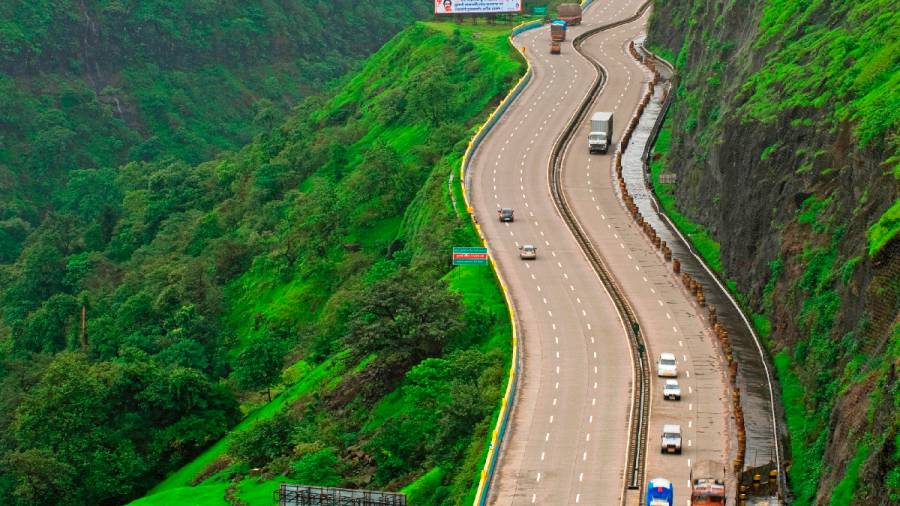MoRTH to use Japanese technology to develop Indian mountain roads
The Ministry of Road Transport & Highways (MoRTH) of the Government of India has teamed up with the Japan International Cooperation Agency (JICA) to tackle the challenge of improving mountain road infrastructure in the country. This collaboration focuses on five guidelines aimed at enhancing road quality and sustainability in difficult terrains, particularly in mountainous regions and hill stations, such as Himachal Pradesh, North East, and Uttarakhand. The project aims to enhance connectivity and stimulate economic growth in the remotest and roadless areas.

The recent heavy rainfall in regions, such as Himachal Pradesh, has resulted in devastating floods, causing widespread destruction of infrastructure and severing connectivity to the remotest areas. The impact of these natural disasters highlights the urgency and significance of the project undertaken by the Ministry of Road Transport & Highways (MoRTH) and the Japan International Cooperation Agency (JICA) to improve mountain road infrastructure in India.
Given the recent calamities, it is crucial for the experts involved in the project to take into account the vulnerability of such regions to extreme weather events, landslides, and floods. The five guidelines set forth by MoRTH and JICA are likely to address these challenges head-on to ensure the creation of high-quality, resilient roads that can withstand such natural disasters.
Planning of mountain roads
The first guideline delves into technical aspects of planning mountain roads, emphasising in-depth analysis, assessment, alignment, and geometric design, considering steep gradients and sharp turns. Additionally, a robust drainage system and the use of appropriate, high-quality materials are crucial for construction while taking into account environmental issues and the risks of landslides.
Slope protection and embankment employing advanced technology
The second guideline emphasises the implementation of advanced technology and high-quality materials for slope protection and embankments in mountainous regions to combat erosion and landslides, which have been persistent problems.
Tunnel construction on arterial roads in mountain regions
The third guideline focuses on tunnel construction on challenging arterial roads in hilly areas. It provides various construction methods and designs, taking into consideration the preservation of the environment, natural habitat, and wildlife.

Building mountain bridge
Building mountain bridges is addressed in the fourth guideline, recognising their significance in connecting remote villages. The guideline emphasises the use of advanced technology and high-strength materials to ensure the resilience of these bridges against harsh weather conditions, such as heavy rainfall, snowfall, and floods.
Maintenance of mountain highways
The fifth guideline tackles the issue of maintenance, a frequently overlooked aspect of road infrastructure, especially in mountain highways. Proper maintenance, including drainage system upkeep, road conditions, pavement quality, and traffic management, is vital. The guideline advocates for regular expert inspections and the utilisation of advanced tools like drones to prevent landslides and ensure roads are well-maintained.
Through these comprehensive guidelines, MoRTH with the help of JICA are expected to drive significant development in the mountain road initiative, creating safer and sustainable road infrastructure that will lead to better connectivity and economic growth in these challenging terrains.
Also read:
Mercedes-Benz unveils all-new GLC 43 and GLC 63 S E Performance
Related Stories
Top Stories
Latest Videos
Most Popular
- Maruti Suzuki Fronx Drive Feature: Switch to Plan B
- Ford India to make a comeback in 2025? New-Gen Endeavour design patented in India
- Maruti Suzuki Brezza emerges as the most successful SUV of 2023
- Nissan Magnite EZ-Shift review - is the AMT any good?
- Hyundai Creta facelift bookings open for token amount of Rs 25,000














